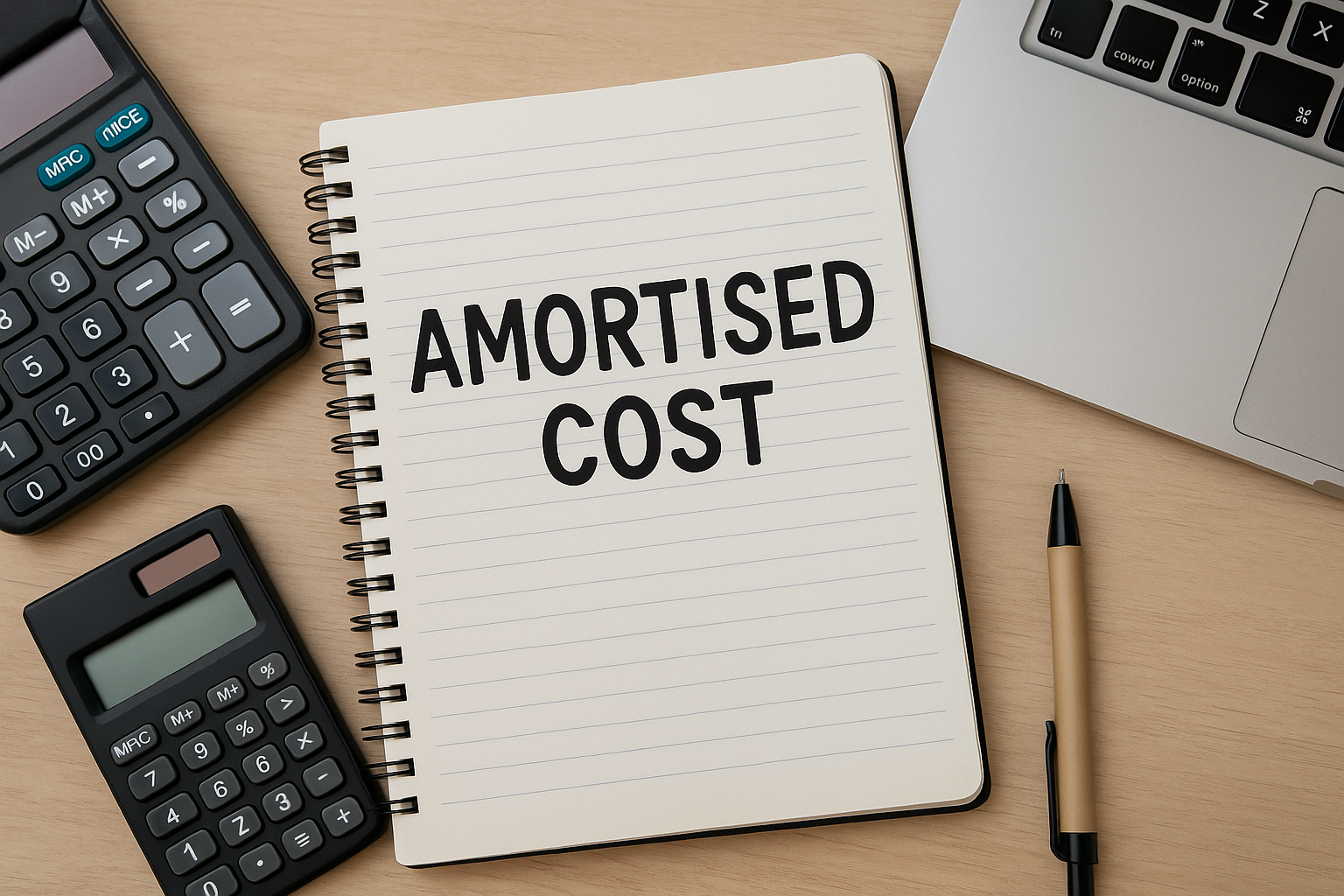Disclosure Requirements: What the AFS Must Say About Financial Instruments
Financial instruments are not just about recording numbers, they also require clear and correct notes in the financial statements. This article explains the disclosure requirements under Section 11 of the IFRS for SMEs, focusing on what SMEs must include in their AFS. We cover key areas like impairment, aging of debtors, maturity of loans, and fair value challenges. You will also see examples of common mistakes and how to fix them. This guide helps Business Accountants in Practice meet their disclosure duties with confidence.
Impairment Made Easy: When Financial Assets Go Bad
When a customer cannot pay or a loan will not be fully recovered, the financial asset must be reduced. This is called impairment. In this article, we explain how to apply the impairment rules in the IFRS for SMEs Standard. You will learn how to spot signs of impairment, how to calculate the loss, and how to record it. We use simple steps and everyday examples to help Business Accountants in Practice apply the standard with confidence.
Understanding Amortised Cost: The Measurement Model for Most SME Financial Instruments
Amortised cost is one of the most important measurement tools in SME accounting, yet many professionals are unsure how it works. In this article, we explain amortised cost in simple terms and show how to apply it using the effective interest method. You will learn how to measure loans, receivables, and payables correctly, including how to deal with transaction costs and interest. With step-by-step examples and practical tips, this article helps CIBA members confidently apply Section 11 of the IFRS for SMEs in everyday situations.
Is It Basic or Not? How to Classify Financial Instruments Under Section 11
Now that you understand what a financial instrument is, the next step is to learn how to classify it correctly. This matters because your choice affects how the item is measured, disclosed and tested for impairment. Section 11 of the IFRS for SMEs separates financial instruments into two types: basic and complex. In this article, we explain how to tell the difference in simple terms. We guide you through the rules step by step, using clear examples and everyday situations. By the end, you will feel confident about knowing which part of the standard to apply.
What Are Financial Instruments, and Why Should You Care?
You might think financial instruments are something only corporate giants and investment analysts need to worry about, but if you're raising invoices, paying suppliers, or reviewing AFS under the IFRS for SMEs, you're already deep in that territory. Section 11 of the Standard draws a firm line between basic and complex financial instruments, and understanding this split is essential to getting classification, measurement, and disclosures right. This article breaks down the jargon into plain English and shows why even a local bakery’s overdraft matters when it comes to compliance and professional judgement.





